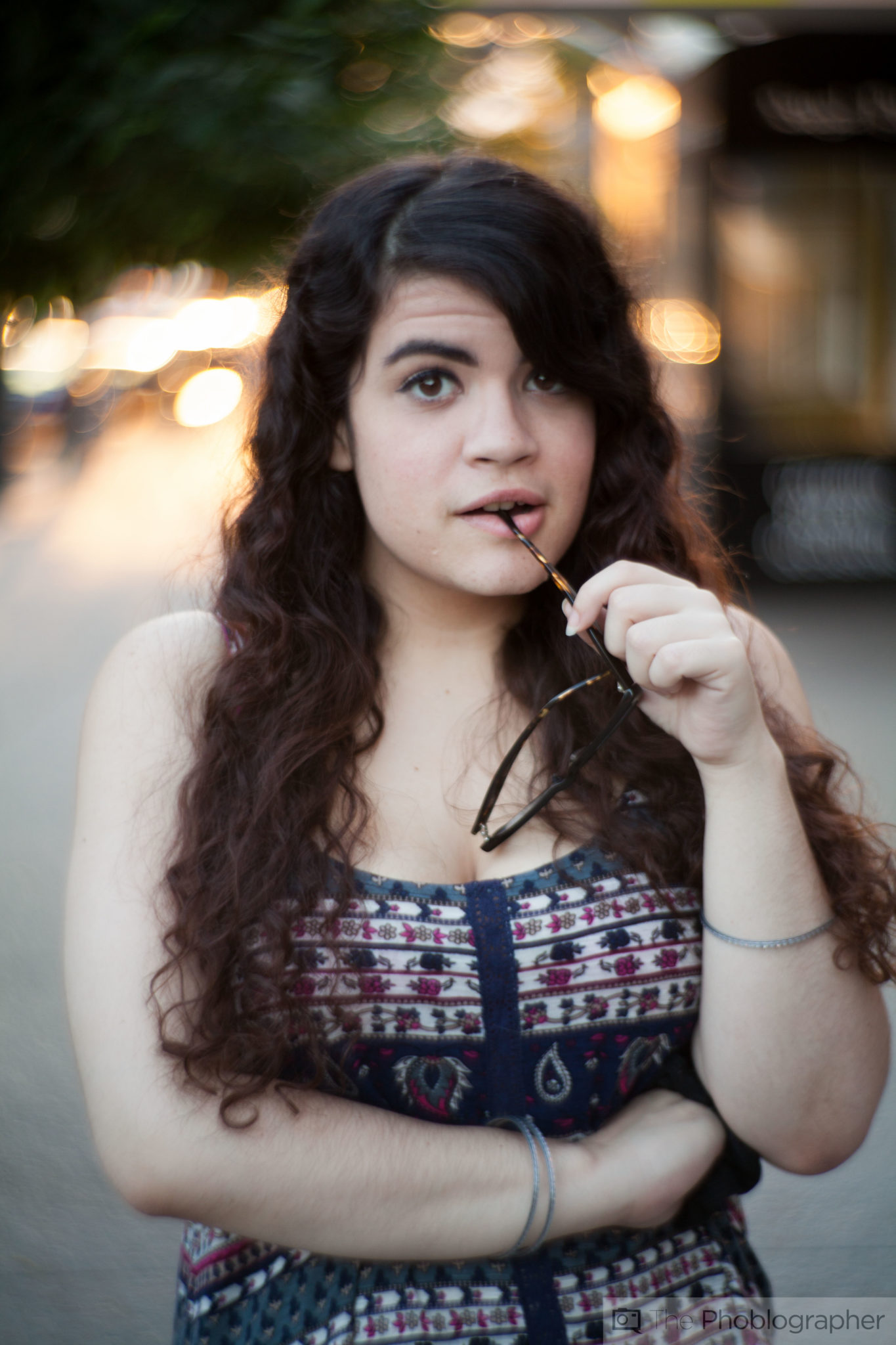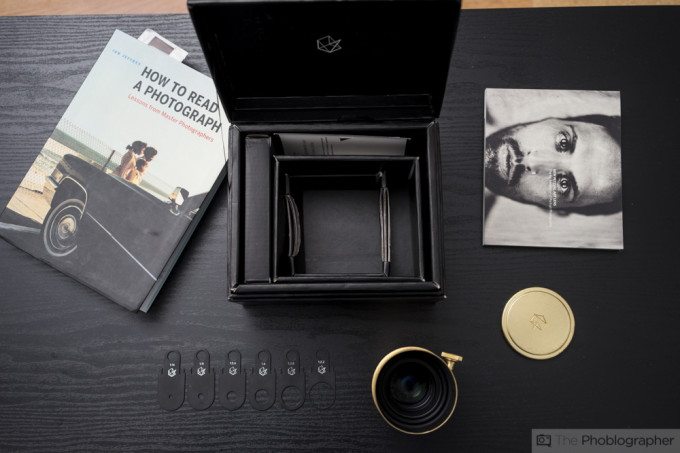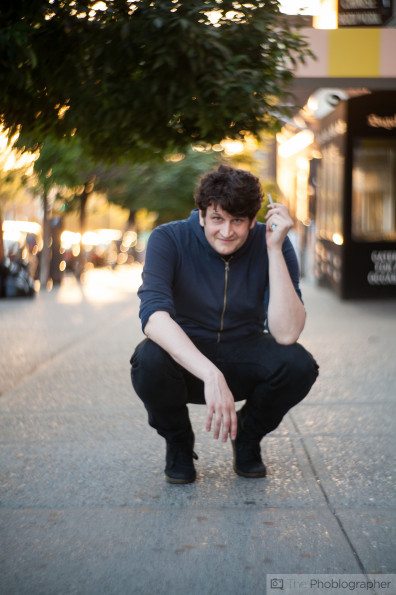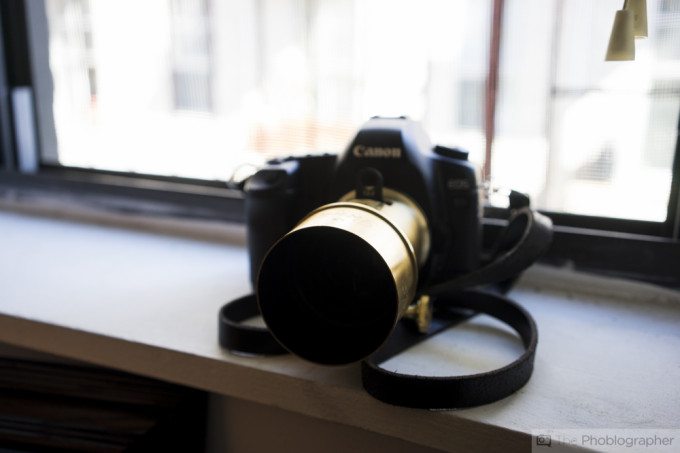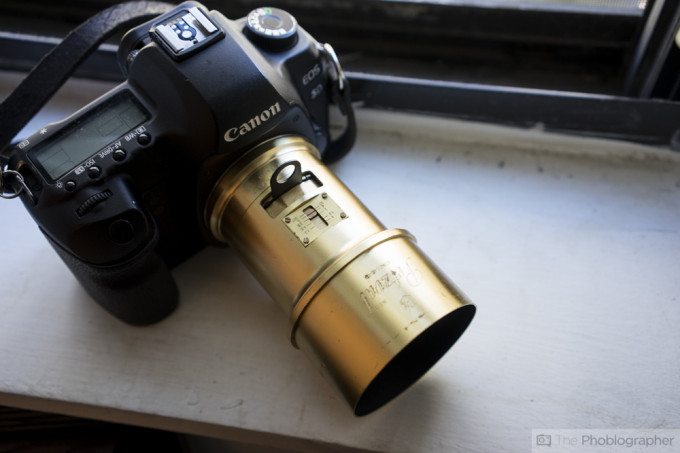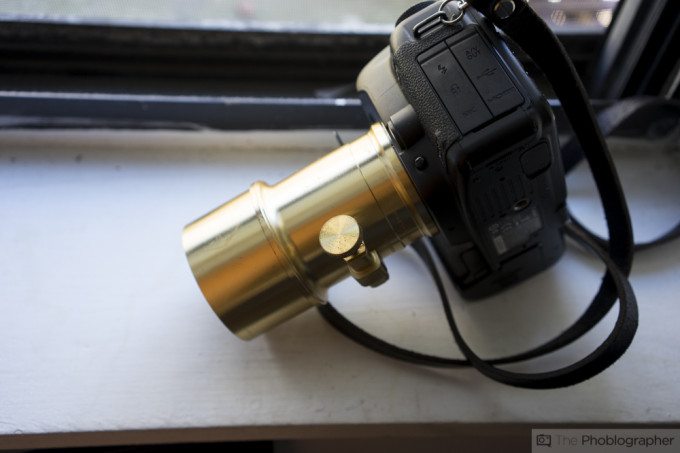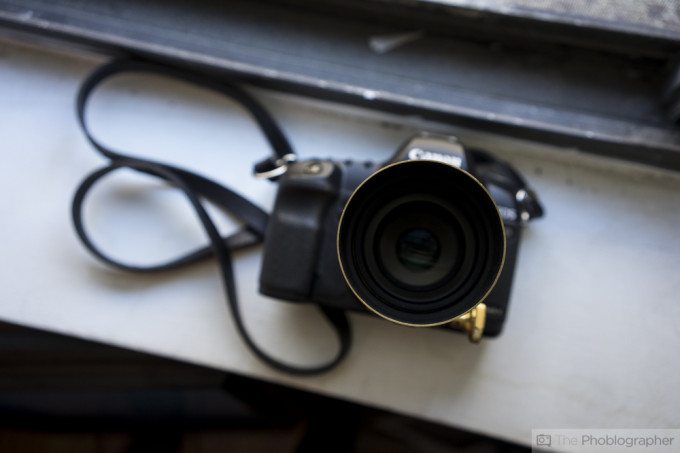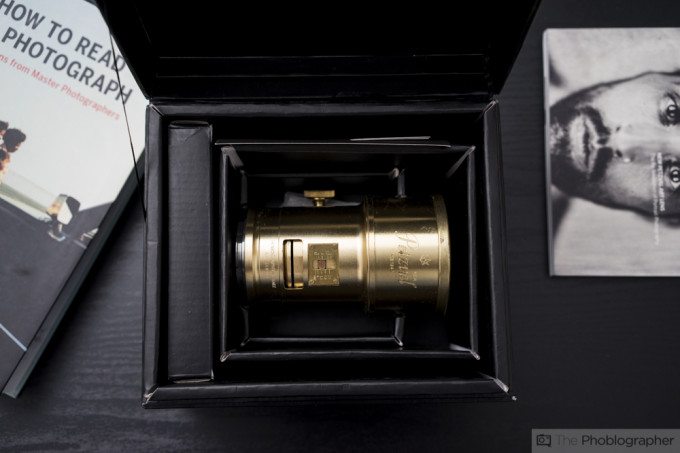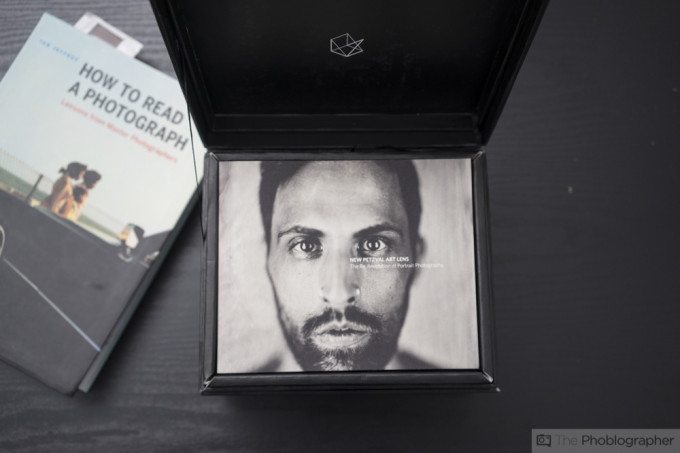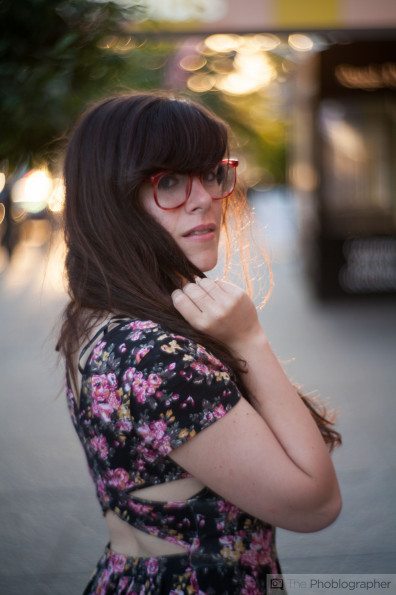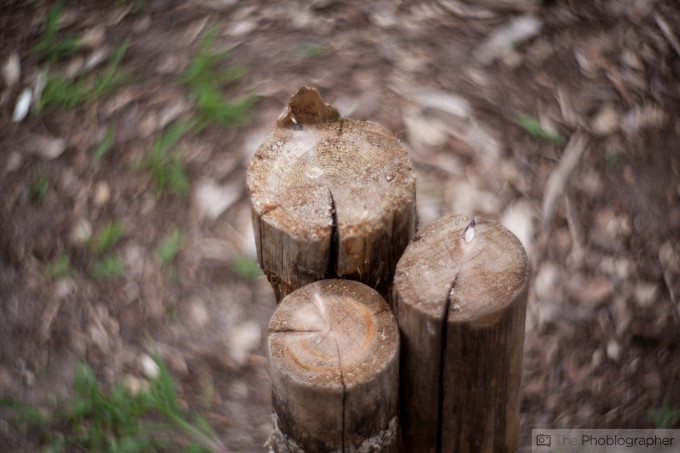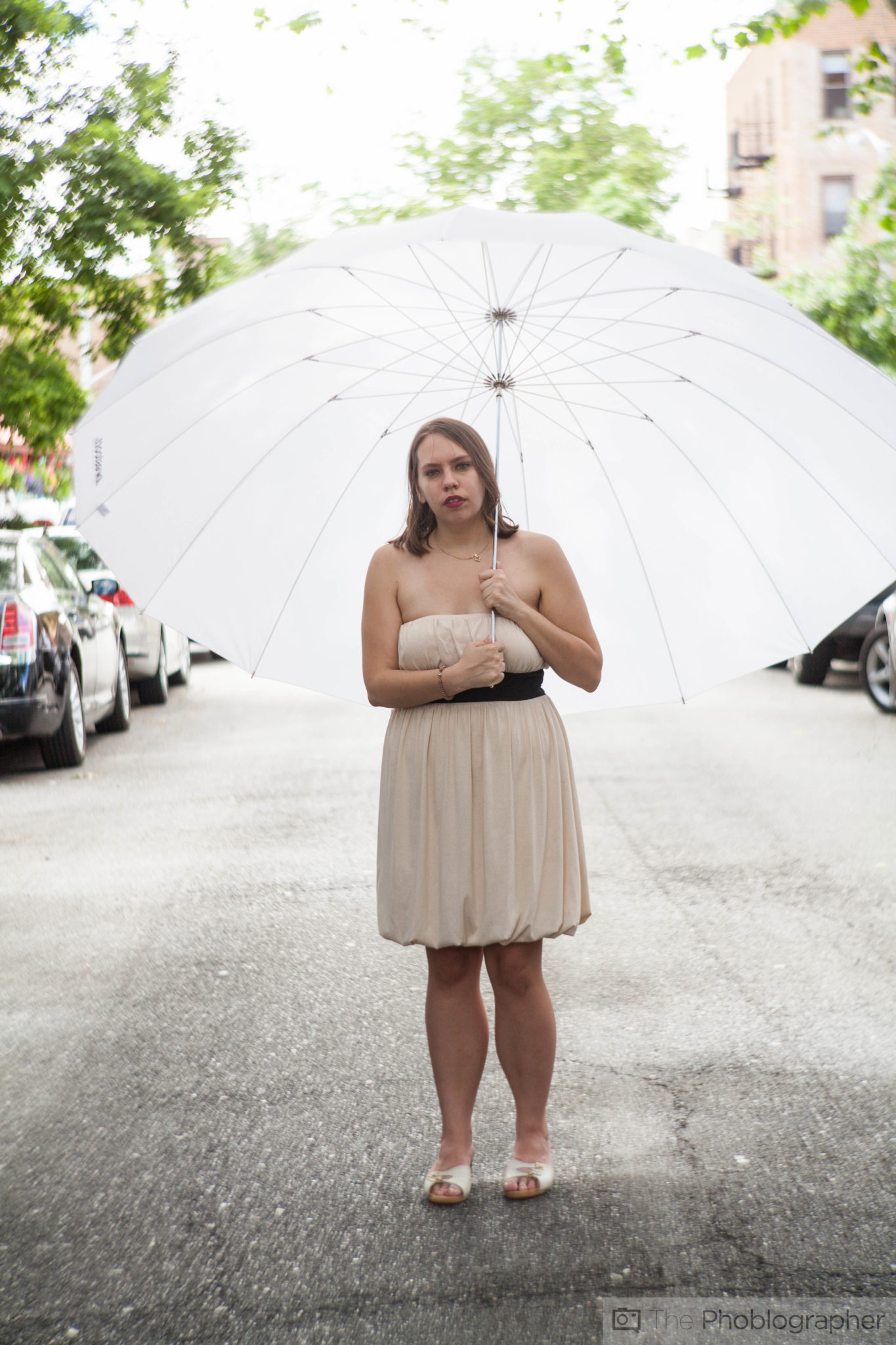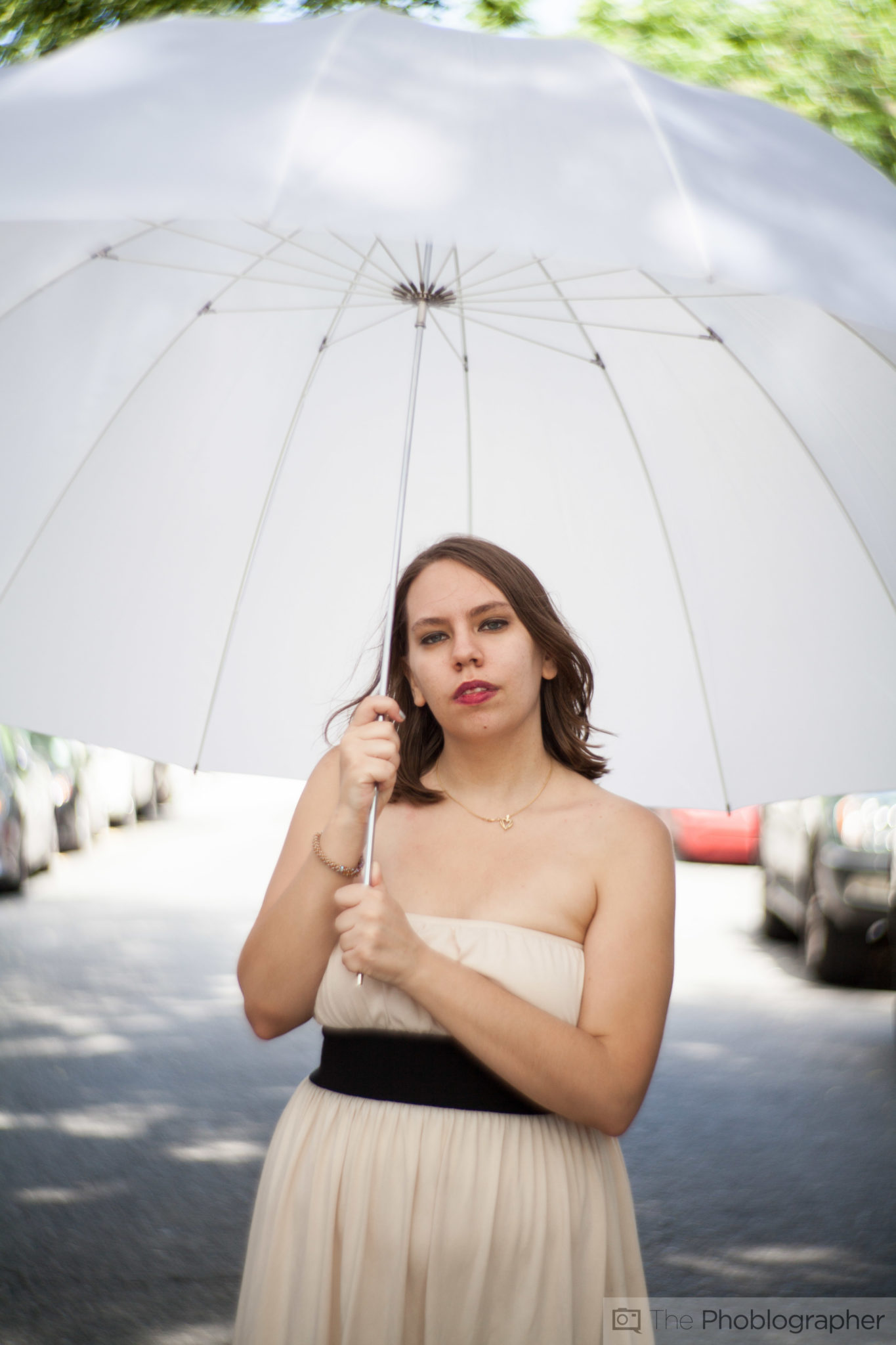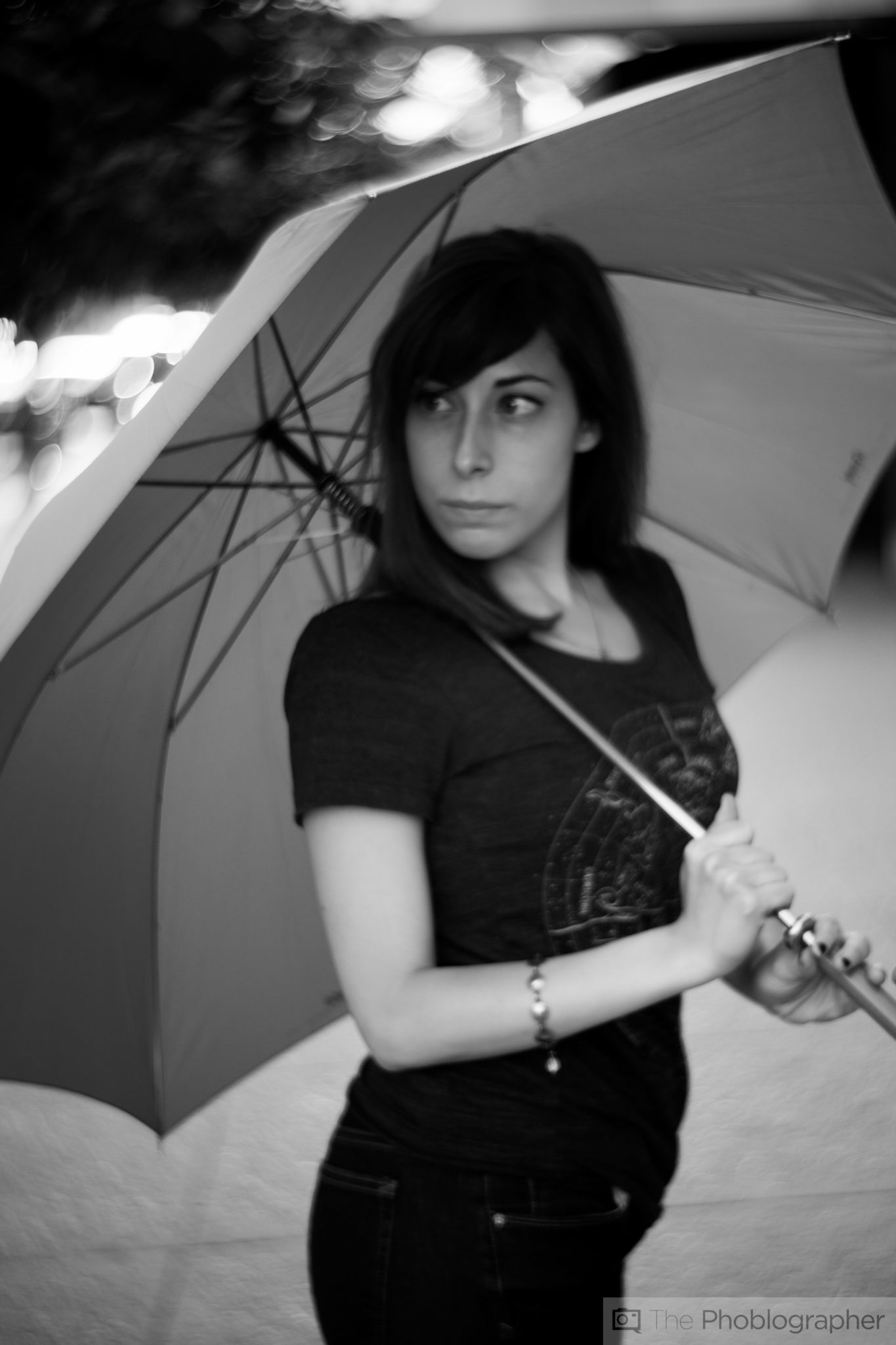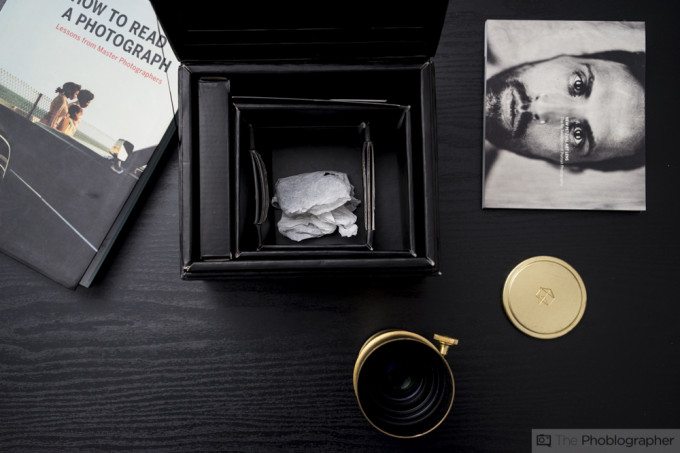Lomography hasn’t always been known as a company that caters to the higher end crowd or market, but they’ve been taking steps to attract more of that market share without giving up their identity. And perhaps the best known attempt so far has been the company’s Petzval lens. This is an 85mm lens designed with a special interchangeable Waterhouse Aperture system along with some very swirly bokeh. There surely are lenses that still have this effect that are made in both China and Russia–in fact, Lomo teamed up with Zenit to create this lens.
Featuring a maximum aperture of f2.2, a 58mm filter thread for video shooters, and a minimum focusing distance of one meter, the Lomography Petzval lens is something that you probably won’t bring out with you often–just like any other specialized lens. But when you do, you’ll have loads and loads of fun.
Pros and Cons
Pros
– Cool swirly bokeh effect
– Great colors
– Great sharpness when you actually nail the focusing correctly
– Nice metallic build
– Waterhouse aperture system makes you really be deliberate about your exposures and focusing
Cons
– You’re more or less forced to center your subject
– Really, really tough to get critical focusing with no depth of field preview effect at all–so you need to switch to Live View unless you have an amazing viewfinder
Tech Specs
Taken from Lomography’s website
- Focal Length – 85mm
- Maximum Aperture – f/2.2
- Apertures – Waterhouse aperture set, up to F/16
- Image Circle – 44mm
- Field of View – 30 degrees
- Lens Mounting Profile – Canon EF and Nikon F
- Electronic Contacts – No
- Closest Focusing Distance – 1m
- Focussing Mechanism – Gear Rack Focusing
- Filter Thread – 58mm
- Image Circle – 44mm
Gear Used
We tested the Lomography Petzval Lens with the Canon 5D Mk II.
Ergonomics
When you first look at the Petzval lens, you’re immediately hit by the golden brass color. If you were a band geek in High School, it may remind you of some excellent times where you wailed away on a trumpet or a sax–but to us it harkens back to the days of old school bellows, knobs, etc. It was a beautiful time in photography that truly wasn’t so long ago. Working with this may remind you of a 6×7 format system or large format cameras in one way or another.
The top of the lens is where you’ll find some of the information needed to work with the system. Lomography designed this area with a focusing distance scale. Right behind it is the aperture slot. Yes, you’ll be taking the apertures out and putting new ones in when you want to change the aperture.
On the side, you’ll find the focusing knob. It is buttery smooth to turn when working with the lens. Other than that, there are no other controls or switches.
When looking directly at the lens, you’re about to check out the front element and the lens hood. To our knowledge, the hood doesn’t come off.
Build Quality
Unlike many of Lomography’s other products, the Petzval lens has a solid brass build to it. When you pick it up and out of its packaging, what you immediately feel is something that really seems like it is right out of history and is cold to the touch. It is nothing short of being a piece of art. Everything from the way that the focusing knob turns so smoothly, to the satisfying feel of putting in the Waterhouse apertures is almost worthy of something being called a Rembrandt.
On top of this, Lomo dresses it all up very nicely with some pretty swank packaging. The only other companies that care this much about packaging are Zeiss, Leica and Fujifilm. So it’s nice to know that we’ve got something with a high end feel to it.
Ease of Use
We have to admit that this lens is targeted at the professional, semi-professional and advanced amateur that straight up knows what they’re doing. If you’re a photographer that has tried to fake your way into the photo world without knowing the technical features but saying that you do, you’ll need to sit down and read a couple of tutorials. Not only do you need to manually focus with this lens, but you need to figure out when something is perfectly sharp in the viewfinder or LCD screen.
On top of this, you need to have an exemplary sense of composition. You can either choose to center your subject or if you want to embrace the rule of thirds to its maximum then you can go right ahead and place the subject along the according intersections. But know that in the center is where you’ll have your sharpest and more clear subject matter. As you go out toward the edges, you’ll find that the swirly bokeh takes over more and more.
Again: this isn’t a toy. It’s the real deal–so much so that I know some folks at my old alma mater of B&H Photo that would struggle with something like this either creatively or technically.
Focusing
Lomography’s Petzval lens is focused manually by using a crank knob on the side of the lens. This can be used accordingly with what you see in your viewfinder, but you also have a small scale on top of the lens where you insert the Waterhouse Apertures.
No matter what aperture you put into the lens, it won’t stop down through the viewfinder–but the meter will adjust accordingly as it senses but doesn’t register an aperture due to the lack of electronic contacts. Stopped down metering surely would have made it easier to focus; but alas you don’t get it. So in real life use you’ll end up focusing, touching up your focusing very carefully, paying attention to critical areas, shooting, screaming bloody murder, refocusing, and finally revelling in the glorious photo that you just shot.
Image Quality
Overall image quality of the Lomography Petzval lens is really pretty darn good. In the right conditions, it is very sharp–so much so that it can hold its own with many other modern lenses like those of Rokinon, Sigma, and Zeiss. But of course, this lens has something totally different going on–and that’s the bokeh. It was designed to have this swirly look on the edges and keep your subject in the center nice, clear and sharp. Again though, we think that only the best of the photo world will be able to take the most advantage of something like this.
Sharpness

When you manage you nail the focusing correctly, it can surely be very sharp. The above image was shot at f4 and was incredibly tough to get perfectly in focus. You’ll be more than pleased with the sharpness results that you get though.
Bokeh
Yes, this lens has some weird bokeh. At the wider apertures, the effect is much more dramatized, though it can sometimes be tough to see depending on the situation. To see it at its fullest, you’ll need to view the images on a computer screen. When stopped down, you’ll need to consider the simple rules of getting bokeh–the closer the subject the more bokeh you’ll get. So get up close, and shoot tight.
Color Rendition
This is where we were really surprised. The Lomography’s Petzval lens has color rendition that can easily rival that one a Canon L lens. It was shocking to see just how good the colors are: especially with skin tones. The characteristics of the lens give it a slightly cool color which make us often want to warm the images up a bit in Adobe Lightroom, but that’s really not such a big issue at all.
Color Fringing
In our tests, we saw very little color fringing from this lens even when we cranked up the contrast. That’s quite a feat for a company that was otherwise billed as creating hipster gear. Some fringing though has to be expected in some areas of the bokeh.
Extra Image Samples
Conclusions
Likes
– Great build
– Beautiful effects on your photos or video
– Some of the best colors that we’ve seen from a lens
Dislikes
– It’s a one trick pony; and we couldn’t figure out any other way to use said trick creatively. But you may be different.
Make no mistake–the Lomography Petzval lens makes us super excited for what else the company has to offer us in the higher end world. It can produce beautiful images with a creative effect. But for the most part, it is more or less a one trick pony that when combined with the most creative of eyes and the most technical of users can be absolutely breath taking. We recommend it to the photographer looking for something new to add to their portrait gear–but with that said we only really recommend it for portraitists. There is really no point for a landscape shooter to buy one as the bokeh and effect will smear the edges.
We give the Lomography Petzval lens 4 out of five stars. You can snag your own for $599 at the Lomography store.
Recommended Cameras and Accessories
Canon 6D– Canon’s latest full frame entry level DSLR will balance out well with the Petzval lens and give great image quality with it. Users of this camera are the perfect intended target market. Check out our review.
Nikon Df– Nikon’s retro styled DSLR will look equally as awesome with this retro styled lens. Check out our review.
Sony A7r-Sony’s top of the line mirrorless camera has a sensor designed to work with third party vintage lenses. With an adapter, you’ll be very happy with the results. Check out our review.


